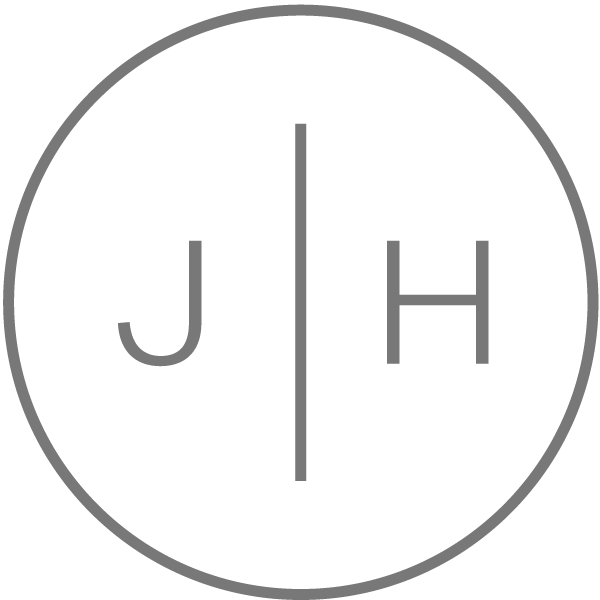NASENDOSCOPY & LARYNGOSCOPY
These are procedures that I commonly performed during ENT outpatient consultations. They allow me to carefully examine the inside of the nose and the throat. Using these examination techniques it is possible to get a very clear view of the structures on the inside of the nose and throat. These include: the sinus drainage pathways; where the ears drain to the back of the nose (the ‘Eustachian tube orifice’); as well as the top of the gullet (oesophagus) and the voice box (larynx). They also allows me to assess the function of the throat as both speaking and swallowing can be dynamically assessed.
In the past, ENT surgeons used to use a small angled mirror that was warmed over a flame to stop it steaming up when it was breathed on. This is passed to the back of the throat and can be used to examine the voice box and back of the nose. I do still occasionally use this technique (known as ‘indirect laryngoscopy’), but the view of the structures of the nose and throat isn’t anywhere near as clear as that obtained with the endoscope.
Two types of endoscope are available for these examinations, a rigid one and a flexible one. Most of the time I use a flexible telescope. A rigid endoscope can be used to examine the nose from front to back, and is occasionally useful if a procedure needs to be performed on the nose. These procedures include: removal of foreign bodies; nasal cautery for nosebleeds (‘epistaxis’); suction and swabbing of pus from the sinuses; or removing crusts from the nose following nasal surgery.
How is nasendoscopy done and what does it involve?
The procedure is performed with the patient sitting upright in a chair. Sometimes a local anaesthetic spray is used to make the inside of the nose and throat numb, although in most cases this isn’t necessary. If the procedure is done carefully and the sensitive structures on the inside of the nose are avoided, it should not be painful. It does, however, involve a tube being passed through the nose, which is a strange sensation. When the tube is in the nose, you will be asked to poke your tongue out, puff out your cheeks and say some words or make some noise (for example saying ‘eeeeee’!). These techniques allow different parts of the anatomy of your throat to be examined, and also the function of the voice and vocal cords to be assessed.
Occasionally a rigid endoscope can be passed to the back of the mouth to examine the voice box and vocal cords. The endoscope has an angled mirror, rather like a periscope, and gives a very clear view of the larynx. This examination is known as a rigid laryngoscopy.
What are the risks of nasendoscopy and laryngoscopy?
Problems following nasendoscopy and laryngoscopy are rare and occur in less than one in a hundred cases. Problems include nosebleeds, (which are almost always minor), temporary light-headedness, coughing and laryngospasm (temporary spasm of the vocal cords).
What is the recovery from nasendscopy and laryngoscopy?
In the vast majority of cases, no recovery is required and you can carry on as usual after the procedure. If you have had an anaesthetic spray, you should not eat or drink for 45 minutes whilst it wears off. This is because the spray usually causes a numb throat, sometimes making swallowing difficult (and potentially causing choking). You can also scald the throat with hot drinks without realising.
